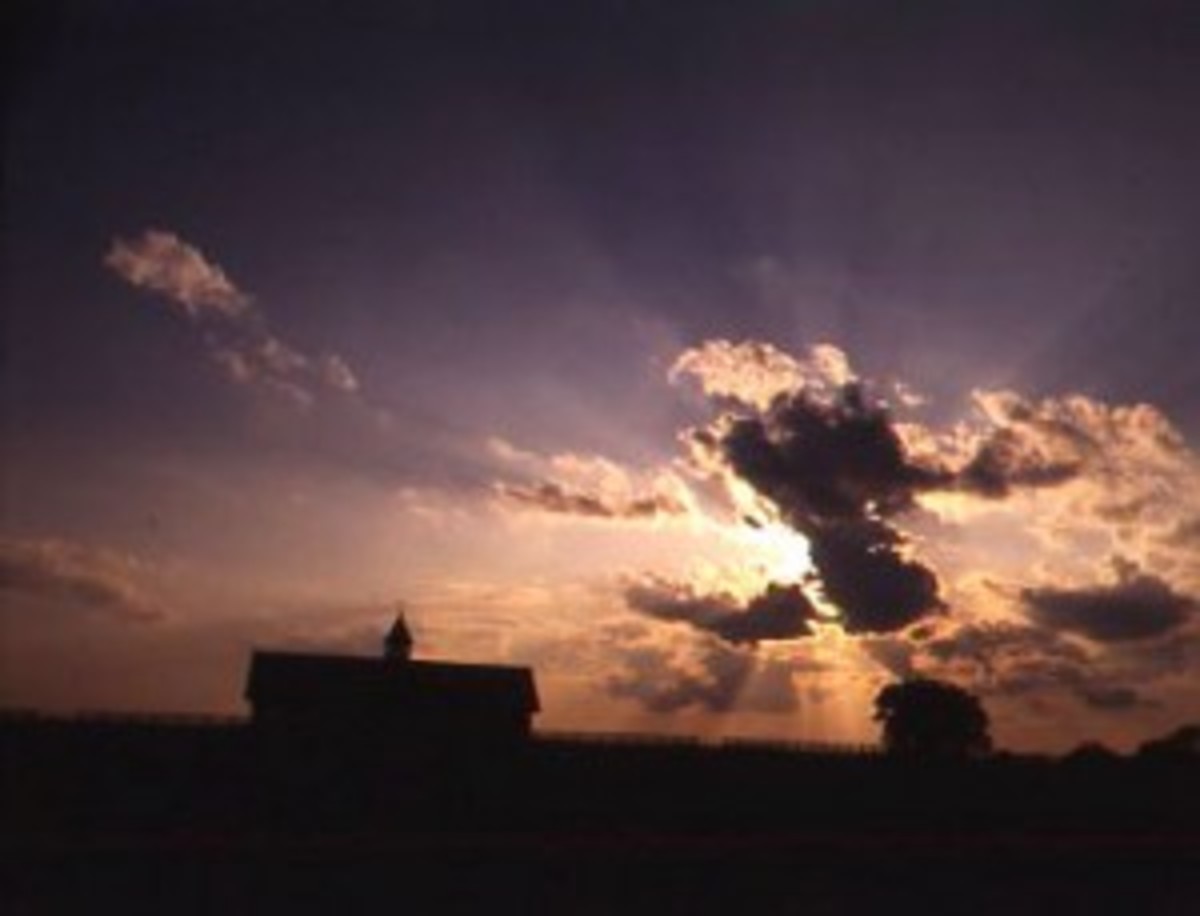We all keep a close eye on the weather, particularly at this time of year. Blanketing, turnout times and other management choices often depend on when the next front is coming through and what it may bring with it.

So now’s a good time to brush up on the terms the National Weather Service uses to describe impending winter storms:
? An outlook is issued when there is a chance of a storm in the next two to five days. Tune in to your local TV and radio stations or the National Oceanic and Atmospheric Administration (NOAA) weather radio online regularly for updates in your area. Some local or county governments send email alerts and text messages about weather conditions to cell phones. Visit your local government websites to register for such alerts.
? An advisory means weather conditions are expected to be hazardous but are not life threatening. When an advisory is issued, keep an eye on the sky and prepare to adapt your plans if necessary.
? When a watch is issued, a storm is expected within 36 to 48 hours, and it’s a good idea to begin preparations to protect your animals and property. This may include stocking up on feed, ensuring the generator is working and moving horses to a secure field with plenty of shelter. Plan ahead so you can provide water if the power goes out—water is the most important element to your horse’s health in any situation.
? A warning means that severe, hazardous conditions are currently happening or are expected in the?next 24 hours. By the time a warning is issued, you’ll want to be fully prepared for the event. If not, take immediate action.
We all keep a close eye on the weather, particularly at this time of year. Blanketing, turnout times and other management choices often depend on when the next front is coming through and what it may bring with it.
So now’s a good time to brush up on the terms the National Weather Service uses to describe impending winter storms:
? An outlook is issued when there is a chance of a storm in the next two to five days. Tune in to your local TV and radio stations or the National Oceanic and Atmospheric Administration (NOAA) weather radio online regularly for updates in your area. Some local or county governments send email alerts and text messages about weather conditions to cell phones. Visit your local government websites to register for such alerts.
? An advisory means weather conditions are expected to be hazardous but are not life threatening. When an advisory is issued, keep an eye on the sky and prepare to adapt your plans if necessary.
? When a watch is issued, a storm is expected within 36 to 48 hours, and it’s a good idea to begin preparations to protect your animals and property. This may include stocking up on feed, ensuring the generator is working and moving horses to a secure field with plenty of shelter. Plan ahead so you can provide water if the power goes out—water is the most important element to your horse’s health in any situation.
? A warning means that severe, hazardous conditions are currently happening or are expected in the next 24 hours. By the time a warning is issued, you’ll want to be fully prepared for the event. If not, take immediate action.








